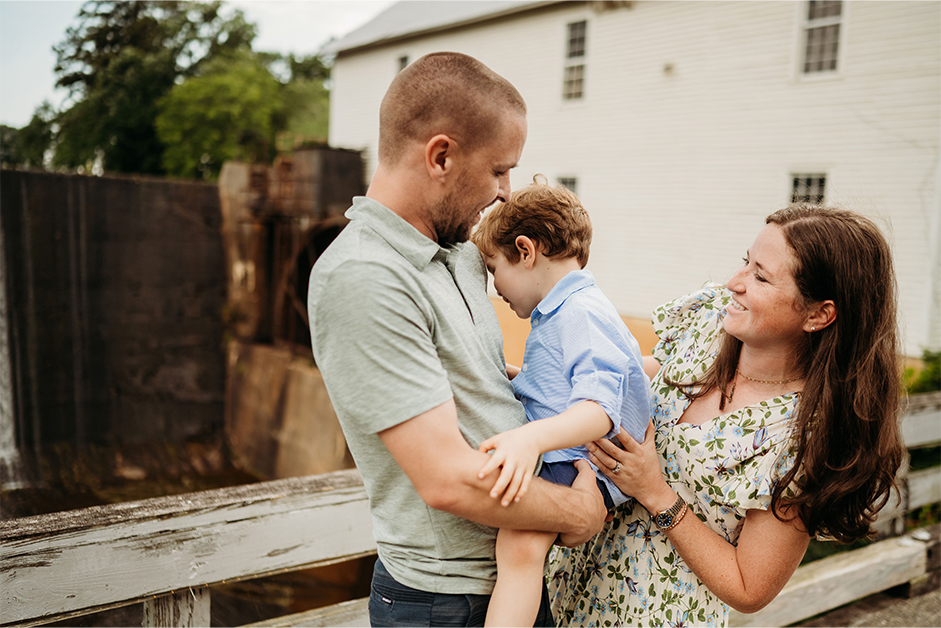by CHARLIE SCHULER
Prior to our first trip to Cuba, my wife, Marianne, and I sailed to the Exhumas, Bahamas for four months at a time for three years. We loved the Exhumas, the water, the people and the fact that it never got below 50 degrees. It was our kind of weather. And since we had built a house and had six grandchildren, this fit all the qualifications for a comfortable retirement.
We had often thought about going to Cuba while we were sailing, but it was under an embargo and had been for 54 years. So, the Coast Guard tended to keep track of the coming and going of boats in the area, often boarding and searching them at random. It wasn’t illegal to stop and visit, but nothing could leave the island, and the Castro authoritarian regime allowed no political opposition, so we sailed on by Cuba.

After our long-distance sailing had ended, we became coastal boaters. During that time President Obama worked to normalize relations with Cuba. There were a number of agreements that were reached between President Obama and current Cuban leader Raul Castro, including the lifting of some travel restrictions and the reopening of the U.S. embassy in Havana, along with the Cuban embassy in Washington.

Marianne and I decided that we would take a short cruise to Cuba to educate ourselves about the culture and conditions of the people of the island. Once the restrictions were lifted in 2016, Carnival offered it as a destination. We planned and booked our trip, along with some friends who joined us.

Since we were one of the first cruise ships to dock in Cuba in over 40 years, we were warmly welcomed at the port in Havana. We were a smaller than normal cruise ship, so to clear customs, and since the American dollar was not accepted as currency, we had to exchange our money for Cuban pesos. I don’t remember the exchange rate at the time, and although their money was not accepted outside of Cuba, we were allowed to exchange our leftover pesos for dollars prior to departure.

My first impression of Havana was the feeling of going back in time. It was 2016 and most of the cars in Havana were from my youth of the 1950s and ’60s. Forbidding the import of stock parts to repair cars, the Cuban people, industriously, make all their own parts. Being a car enthusiast myself, I admired how beautifully preserved and well maintained the cars were kept.

The four of us took an educational tour that actually included getting to know the people and culture of Havana, and we loved it! They were all so open, generous and friendly and we were more than pleased with our experience. We got to see much of their history and architecture which is stunning. It brought back memories of Jimmy Buffett songs and one in particular was brought to mind, “These changes in latitudes, changes in attitudes Nothing remains quite the same.”

Our tour director was very eloquent and well versed. He told us that he was a well educated college professor, but worked as a tour guide because he earned more money. He informed us that there is no hunger in Cuba. Although poverty is prevalent, everyone receives rice and beans from the government, and they also have access to government health care and medicine.
The final highlight of the trip was a tour of Ernest Hemingway’s home, boat and his favorite bar. Perhaps no writer put Cuba on the map for Americans as much as Ernest Hemingway. The larger-than-life author, who wrote classics such as “The Sun Also Rises”, “Farewell to Arms” and “To Have and Have Not,” embraced Cuba as his second home and lived there for more than 20 years before his death. Finca Vigia (Lookout Farm), his home in Havana, inspired his famous novel “Old Man and the Sea.”



















